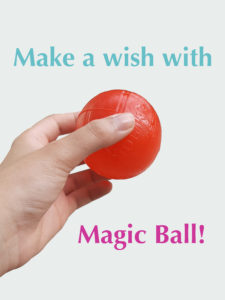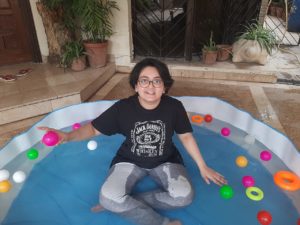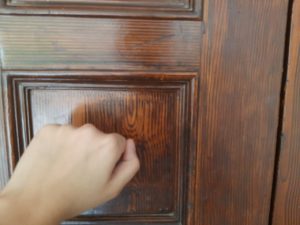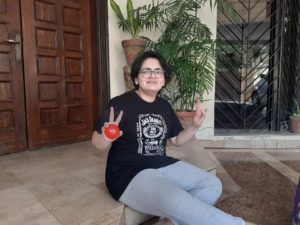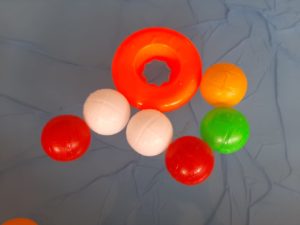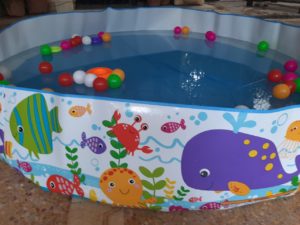Scene Deconstruction
The clip is from Zack Snyder’s Justice League, a remake of the 2017 movie Justice League. “The Flash Creates The Flash Point & Reverses Time” is a climactic scene that shows us Barry (the flash) going faster than the speed of light to reverse time. While the scene is mostly in slow motion, it ultimately builds upon the editing techniques/sequence, audio/dialogue, lighting, and color to the climax of the movie. It will leave you feeling tense and waiting for what is to happen next, building on the model of Freytag’s Pyramid; climax.
I counted around 10 shots, which made the whole composition. I found it interesting to see how the first shot and the last shot were over the shoulder, it allowed us to build on the climax. Through the closeups and camera angles, we see the direct focus on that character. The closeup shot when we first see the character, is impactful because it shows hows Barry’s face, emphasized the heroic moment of what he is about to achieve/or has to achieve to save the world. The emphasis on the lighting sparks on the helmet and bolts of electricity in the background, create this dynamic shot for the scene, contributing to the overall look of the composition. We see towards the end of the clip, the camera shot becoming closer to Barry’s face, and then all of sudden the scene changes to a more ariel shot. Giving the audience a sense of anticipation for what is to happen next.
The audio and dialogue for this scene are again extremely important as it combines to create the atmospheric tension and anticipation in cinematography. The CGI effect in the background and dark overlay on the shots, created this dark mood for which we see the audio and dialogue, building onto the movie’s highest point of tension. We can hear an echo of his voice, as he saying the dialogue for the scene and his foot thumping the ground as he is running to reverse time. The use of slow-motion in this entire scene is to hold back the climax, to the very last shot when he is reaching the ball of light.
Lighting being a big part of this project, was a prominent element in the scene. We see on multiple occasions how the lighting is used to show movement. It was a way for the editors to show Barry was moving fast, but also another way to bring a contrast to the dark overlay on the shots. It was clever to use the lighting bolts for light to contrast the dark elements of the composition.
In conclusion, the overall composition of the sequence was well throughout. I liked how they built the emphasis on anticipation, however, personally for me the shots of Barry’s face towards the end were a bit too choppy as the transitions were not smooth. There were just shots just cut to his face three different times without any care of the overall transition. The use of clever lighting was interesting to see, it made the scene unique.


